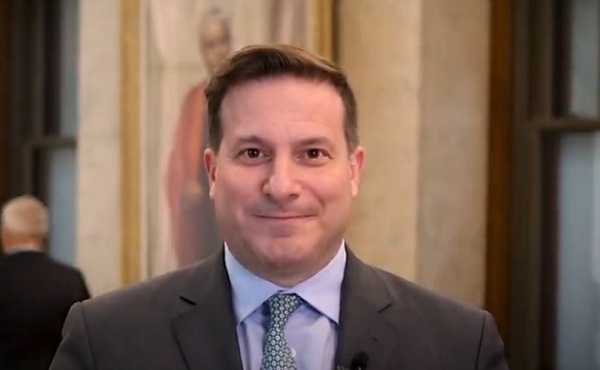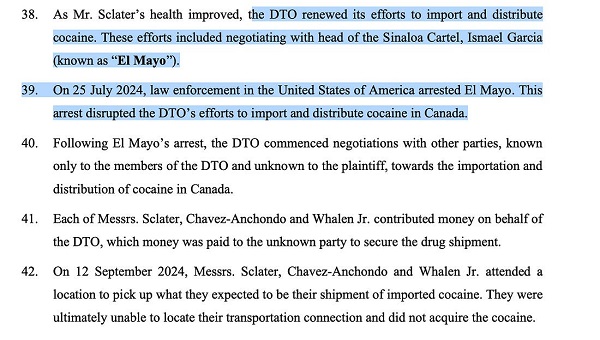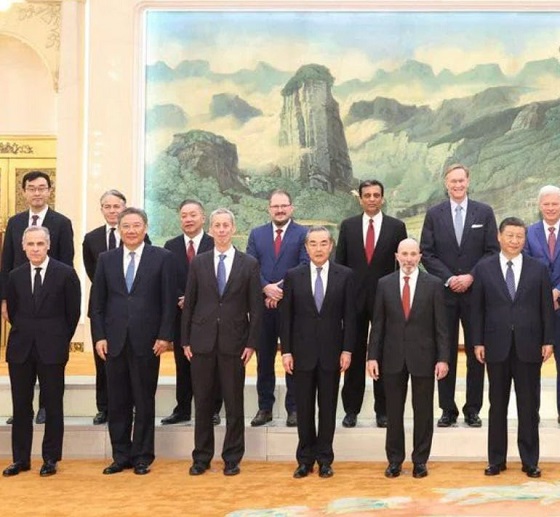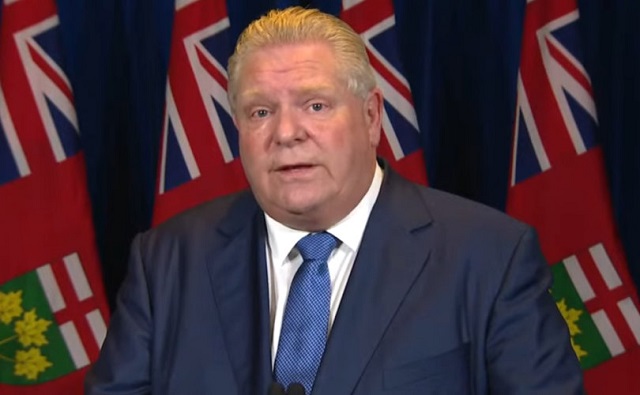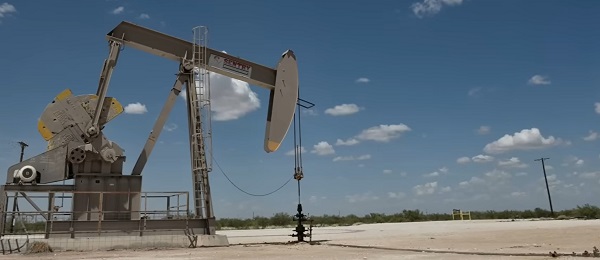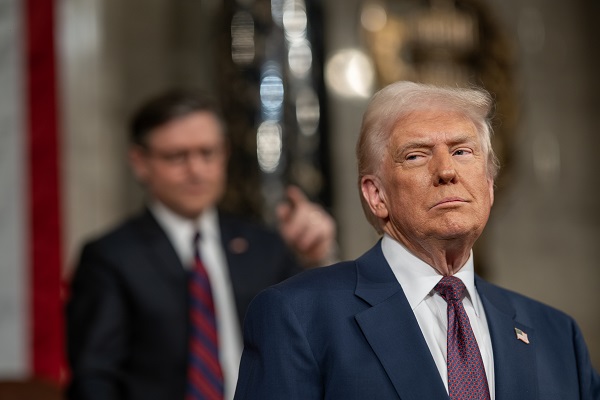Image courtesy of the City of New York
From The Centre Square
“Early Tuesday, protesters chose to escalate to an alarming and untenable situation – including by vandalizing property, breaking doors and windows, blockading entrances, and forcing our facilities and public safety workers out – and we are responding appropriately”
Following weeks of tense standoffs between pro-Palestinian demonstrators leading to violent escalation at Columbia University, officials at the Ivy League institution finally gave the green light for the New York Police Department to enter a recently seized building, resulting in dozens of arrests.
Flanked with heavy armor, NYPD officers stormed Hamilton Hall late Tuesday night “at the University’s request.”
The university released a statement after NYPD took action, saying the decision was “made to restore safety and order to our community.”
The university said it was “left with no choice” after university public safety personnel “were forced out of the building,” by agitators. The school added that a member of their facilities teams was threatened.
“Early Tuesday, protesters chose to escalate to an alarming and untenable situation – including by vandalizing property, breaking doors and windows, blockading entrances, and forcing our facilities and public safety workers out – and we are responding appropriately as we have long made clear we would. The safety of our community, especially our students, remains our top priority,” the statement said.
The statement emphasized the school “will not risk the safety of our community or the potential for further escalation.”
The school appears to have examined all its options before calling in NYPD to help resolve the tense situation.
“The leadership team, including the Board of Trustees, met throughout the night and into the early morning, consulting with security experts and law enforcement to determine the best plan to protect our students and the entire Columbia community. We made the decision, early in the morning, that this was a law enforcement matter, and that the NYPD were best positioned to determine and execute an appropriate response,” according to the statement.
City officials, including Mayor Eric Adams and members of the NYPD, held a press briefing Tuesday night, warning Columbia students and protesters to leave the area before the situation “escalated,” pointing the blame for violence on “outside agitators” and “professional actors.”
The university echoed city officials, pointing fingers at outside agitators for the violent uprising.
“We believe that the group that broke into and occupied the building is led by individuals who are not affiliated with the University,” the statement said.
Both city and university officials warned protesters to leave the hall and area before eventual action by NYPD, using the press briefing to issue one final warning.
Videos from the chaotic scene showed several people under restraints, hulled away in a large bus.









